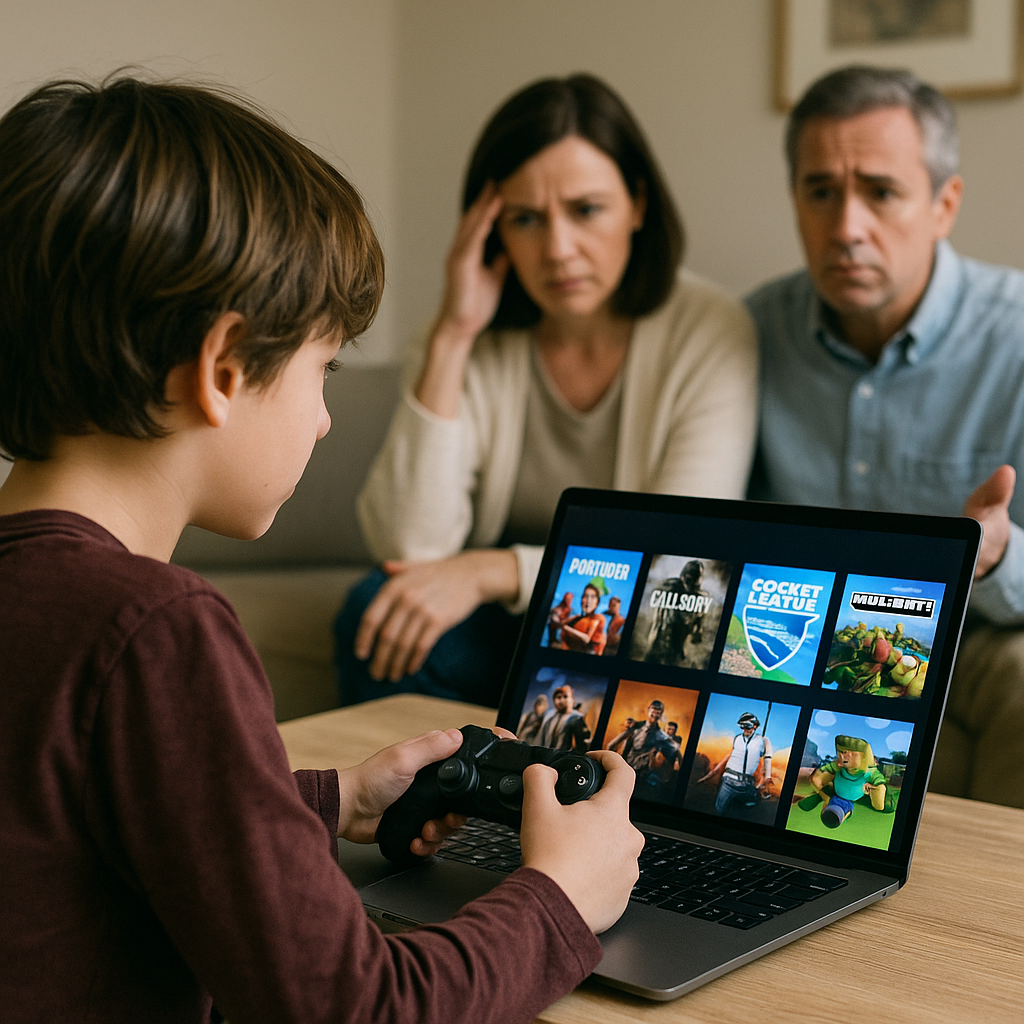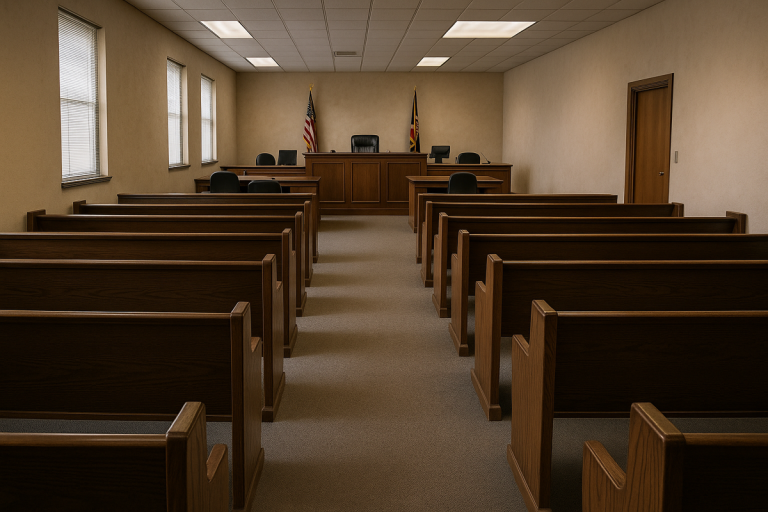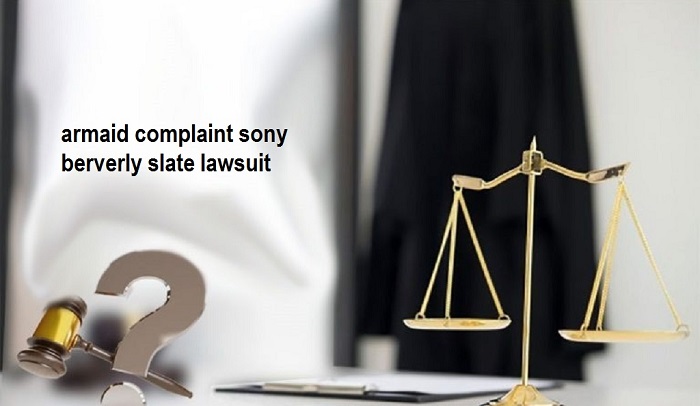The Video Game Addiction Lawsuit brings attention to how game developers build systems that cause compulsive use. It focuses on games that target minors through design elements that keep players online for long hours. These lawsuits claim companies like Epic Games, Roblox, Mojang, and Activision created products that trap young users in harmful cycles. They didn’t just sell games—they sold a habit.
Families say their children developed mental health issues, skipped school, and spent large amounts of money without permission. Lawyers argue that games like Fortnite and Roblox were made to encourage addiction. Reward systems, loot boxes, and time-limited events keep players returning. Parents claim their children lost sleep, failed classes, and became isolated.
If your child spent hours on a game and you noticed changes in behavior, the Video Game Addiction Lawsuit may relate to your experience. This isn’t just about video games. It’s about who pays when they go too far.
What Are the Main Claims?
This section explains the core issues raised in the Video Game Addiction Lawsuit.
Addictive Game Design
- Loot boxes imitate gambling: These systems offer random rewards. Players often pay repeatedly, chasing a rare item.
- No natural end: Games are built without final levels. There’s always a new goal. This fuels constant play.
- Daily tasks and rewards: Players receive bonuses for logging in daily. Skipping days means missing progress.
- Punishment for breaks: Some games reduce rankings or rewards if users stop playing, forcing them to keep up.
Targeting Children
- Games designed for kids: Bright colors, simple controls, and animated graphics attract younger players.
- In-game spending starts early: Children are prompted to buy upgrades, skins, or coins soon after starting.
- Built-in psychological tricks: Victory screens, music, and flash animations activate reward centers in the brain.
Real Harm at Home
- Emotional effects: Parents report emotional outbursts, anxiety, and depression.
- Physical decline: Children skip meals, lose sleep, and stop physical activity.
- Financial damage: Families find unexpected charges from in-game purchases made without oversight.
The Video Game Addiction Lawsuit centers around these issues. It shows how entertainment can lead to harm when unchecked.
Who Has Filed Lawsuits?
Here we explore families who have already taken legal action and what led them to join the Video Game Addiction Lawsuit. As of 2025, multiple families have joined the Video Game Addiction Lawsuit. These cases describe common effects on children and households.
- Fresno: Parents sued Roblox and Google. Their 11-year-old developed depression after excessive game use.
- Los Angeles: A 13-year-old’s mental health declined while playing Fortnite daily. The family blamed game addiction.
- Alameda County: Several families reported overspending and isolation due to Roblox and Minecraft. The behavior grew worse over time.
These lawsuits claim developers used known methods to increase playtime. They allege the games led to harm—and that the companies knew.
Legal Status and Developments
Let’s break down how the Video Game Addiction Lawsuit is progressing through the courts.
Grouped Legal Action
- California created JCCP No. 5363 to manage the growing number of Video Game Addiction Lawsuit cases.
- Cases remain separate, but judges allow shared evidence and resources to streamline progress.
Arbitration Challenges
- Many games require players to accept arbitration clauses. This limits court access.
- Some judges enforced these agreements. Cases moved to private arbitration.
- If arbitration fails, the case can return to court. Outcomes may vary.
Case Dismissals
- Some lawsuits were dismissed due to weak evidence.
- Courts want gameplay logs, purchase records, and therapy notes.
- Without proof, general claims don’t succeed in the Video Game Addiction Lawsuit.
What Compensation Can Plaintiffs Seek?
This section covers how much money affected families might receive in the Video Game Addiction Lawsuit.
Common Settlement Ranges
The Video Game Addiction Lawsuit does not yet have confirmed settlements. Still, law firms estimate ranges:
- $10,000 to $25,000: Short-term therapy or minor behavior issues.
- $50,000 to $150,000: Long-term emotional harm or school disruption.
- $200,000 or more: Permanent damage, suicide risk, or inpatient treatment.
What Damages Cover
- Treatment costs: Counseling, psychiatric care, medications.
- Spending losses: Refunds for money spent during addiction.
- Educational support: Tutoring, school fees, or special programs.
- Pain and suffering: Compensation for emotional damage.
- Punitive damages: Additional sums if a court finds intentional harm.
The Video Game Addiction Lawsuit aims to cover what families lost—and what they endured.
What Influences Payouts?
Here we look at what factors can increase or decrease compensation in the Video Game Addiction Lawsuit. Your case value depends on how clearly you link the harm to the game. These factors matter:
- Severity of harm: Serious injury or emotional trauma increases value.
- Age of the player: Younger users are more vulnerable and often receive more attention.
- Proof of gameplay: Time logs and receipts show excessive use.
- Medical records: Diagnosis and treatment history support your claim.
- Developer knowledge: If internal documents show the company knew of risks, it helps the case.
You must build a strong case to succeed in the Video Game Addiction Lawsuit. Evidence counts more than claims.
Are You Eligible to File?
This part outlines who can join the Video Game Addiction Lawsuit and what documents you need. You may qualify for the Video Game Addiction Lawsuit if:
- Your child used a game like Fortnite, Roblox, or Minecraft and experienced negative changes.
- These changes led to medical treatment, school issues, or financial loss.
- You have supporting records showing a clear connection.
Each case is individual. You don’t join a class action. You present your child’s experience and the evidence behind it. If your child was harmed by compulsive gaming, speak with a lawyer. You may be able to join the Video Game Addiction Lawsuit.
What Happens Next?
Let’s review what families and attorneys can expect in the coming phases of the Video Game Addiction Lawsuit.
Lawsuits continue to grow in 2025. Courts are preparing for the next steps.
- More families are filing new claims.
- Lawyers are building expert reports and deposition schedules.
- Judges may begin bellwether trials by late 2025.
- These early trials will shape future Video Game Addiction Lawsuit settlements.
This process moves step by step. If juries agree that games caused harm, companies may begin settlement talks.
Summary Table
A quick reference table summarizing key points from the Video Game Addiction Lawsuit.
| Topic | Key Details |
|---|---|
| Main Targets | Roblox, Epic Games, Mojang, Google, Microsoft |
| Injuries Reported | Mental illness, emotional distress, academic decline |
| Tactics Alleged | Reward loops, loot boxes, time pressure |
| Legal Status | JCCP in CA; some moved to arbitration |
| Estimated Settlements | $10,000 to $250,000+, depending on injury |
| Evidence Needed | Game logs, spending records, therapy documents |
| Type of Lawsuit | Individual personal injury, not class action |
Final Thoughts
Here’s why the Video Game Addiction Lawsuit matters and what you can do if your family is affected. The Video Game Addiction Lawsuit gives families a way to fight back. Games are supposed to entertain. But when they are designed to trap young players, they stop being harmless. These lawsuits say developers used tactics that caused real harm—and ignored the warning signs.
If you’ve seen your child change, lose focus, or suffer emotionally from gaming, this lawsuit could matter to you. Ask: did the game encourage long sessions, constant play, or spending money? Did your child lose sleep, skip school, or need therapy? If yes, collect your records. Talk to a lawyer. The Video Game Addiction Lawsuit is your chance to speak up. It asks game companies to take responsibility—and it could bring relief for what your family experienced.




